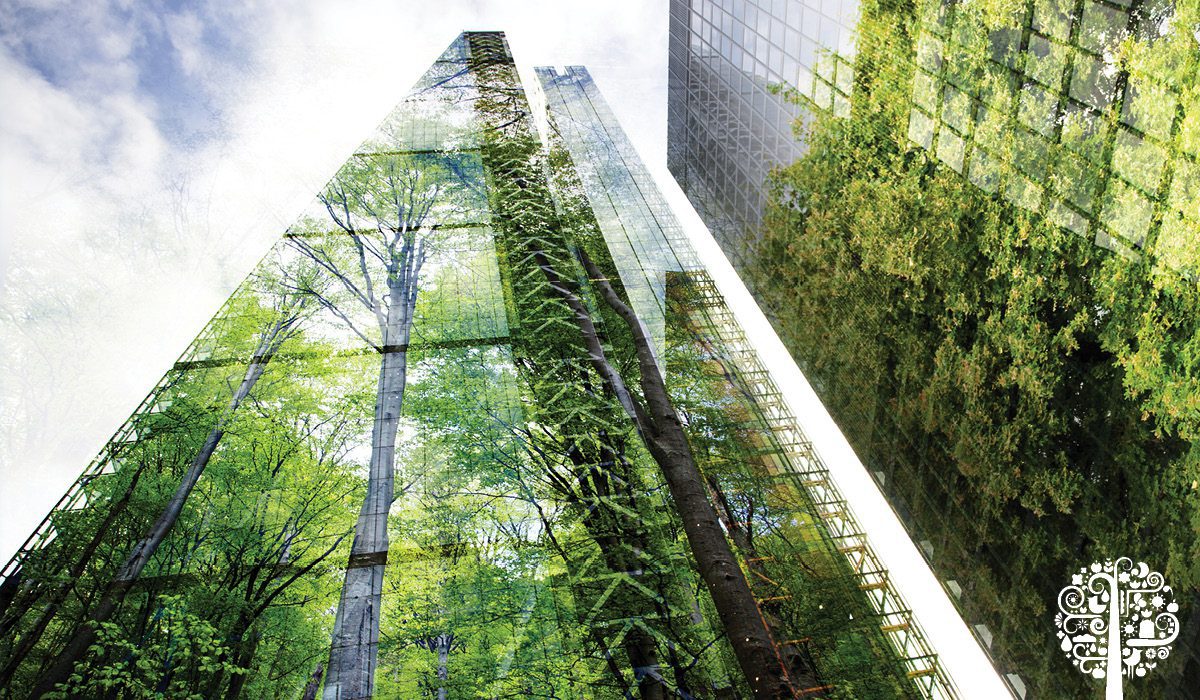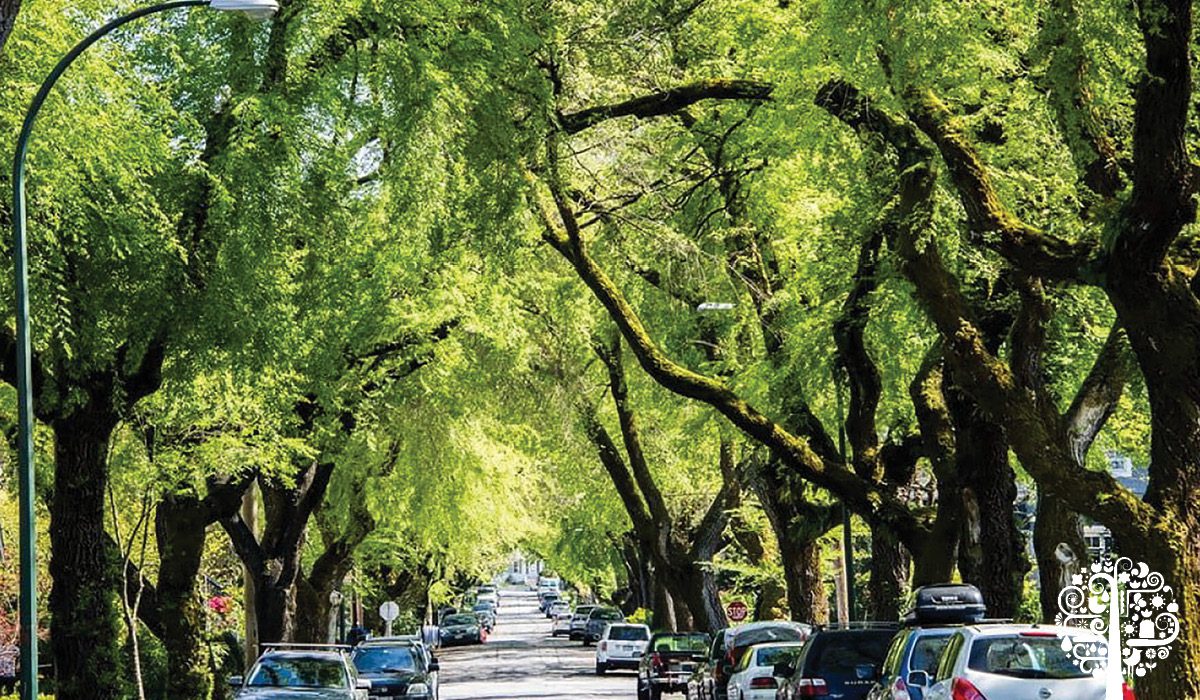Climate Action: Why Urban Areas Need To Plant More Trees
When it comes to trees and their environmental benefits, it’s their ability to absorb carbon dioxide and release oxygen that gets all the headlines. But their ability to lower the temperature in urban areas shouldn’t be overlooked, and in Vancouver, Canada, it isn’t.
Hot Summer
This past summer, British Columbia experienced heat like never before. High temperatures led to wildfires and drought and were responsible for 800 deaths.

Unfortunately, odds are this wasn’t a one-off summer. Some scientists are saying that Canada is warming at twice the rate of the rest of the world. Finding ways to lessen the destructive impact of these hot temperatures should be a priority for leaders worldwide.
Tree Canopies
A study done in Vancouver put sensors on bicycles and noted the drop in temperature when those bikes passed under tree-covered, shaded areas.
It might seem obvious to say that it’s cooler in the shade, but what about above the trees? A study in Montreal found that not only did tree-lined streets see a drop in the ground temperature, but it was also cooler up to 20 stories above the ground!
Plant More Trees
It seems like a no-brainer, right? Urban areas need to plant more trees and create more canopies among the asphalt and concrete.
In Vancouver, that’s exactly what they’re doing. The city decided to increase the tree canopy coverage from 19 to 30% by the year 2050 and got the ball rolling last year by planting 150,000 trees.

That’s great, but the government can only do so much. As Dr. Stephen Sheppard, professor of Urban Forestry at UBC, says, “Up to a third or half of canopies in the city come from private properties, and that is where we are seeing the decline. What we need is a lot more people planting trees in their own front and backyard.”
Not that we needed another reason to plant trees and be thankful for all they do, but here it is anyway. Yay, trees!




